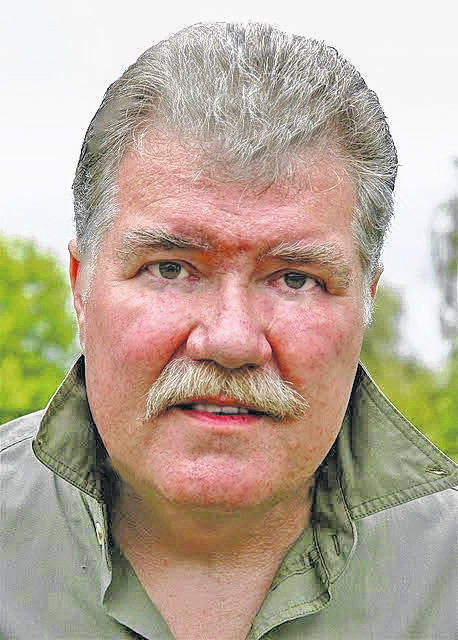
I’m a seeing-is-believing type fellow. Not overly suspicious—but in certain matters, I wait for visual proof before accepting a proclamation as truth.
According to the weather pundits and their seasonal reckoning, autumn has officially been underway for well over a week. Yet the casual view from my streamside cottage overlooking the Stillwater remains mostly green.
Where’s the leaf color? Isn’t autumn supposed to be a fiery dazzle of yellows and oranges and Chinese reds?
Forget the calendars and almanacs. Who cares about some invisible passing equinox? Ignore officialdom!
For me, genuine autumn is only convincingly demonstrated by the leaves! Give me some serious leaf color and I’ll shout out far and wide that fall has arrived.
So why does the landscape still look much the same as it did back in early-September? Was it too much rain over the summer…or too little? Did late-lingering heat have an effect?
In truth, weather—temperature and moisture—play less of a role than many think. Color is revealed when the leaf loses its masking chlorophyll. And that is mostly governed by photoperiods—the amount of daily sunlight.
As days begin to shorten the photosynthesis process gets interrupted. This triggers changes in the tree, the principal one being the growth of a corky membrane between the leaf stem and the branch. That chokes off the nutrient flow to the leaf. Chlorophyll production declines. The green begins to fade—and color that was there all along is revealed.
Hereabouts, autumn’s leaf color typically commences with sumac—a few scarlet-red leaves, startling within the otherwise familiar green monotone. Sumac are the botanical equivalent of those earlybird folks who invariably show up an hour early for everything—church services, doctor appointments, concerts. Jump-the-gun sumacs have even been known to flash a few red leaves in August.
Virginia creeper can be almost as eager. You might start to notice whirls of maroon woodbine twining in cool flame up the trunks of roadside trees anytime from mid-September onward.
Sumac and Virginia creeper are what I like to call the color-before-the-color—a prelude to the real show.
Shagbark hickories are one of the first heavyweight hardwoods, turning a rusty saffron. Pawpaws add their canary yellow. Then a handful of little sugar maples light up in snatches of orange and lemon and scarlet—colors so bright and lively they appear filled with inner light.
A deliberate process of nuances and degrees, eventually delivering those patchwork scenes which emblazon the landscape.
Embers to kindling to flame.
Once the autumnal fire is lit, the color increases until woodlands are a stunning mélange of red and gold, orange and burgundy, yellow, bronze, and amethyst—plus assorted shades of beige, ruby, saffron, vermilion, hazel, and salmon. Hues which have no name that even the finest artists can’t reproduce with their paints.
Here along the river, the trees are predominately sycamore, hackberry, willow, walnuts and box elder. And over the past couple of weeks, some of their leaves have been been subtly turning.
I’m starting to believe!
Autumn’s Technicolor extravaganza isn’t here yet…but it’s coming! Prepare to be dazzled!


